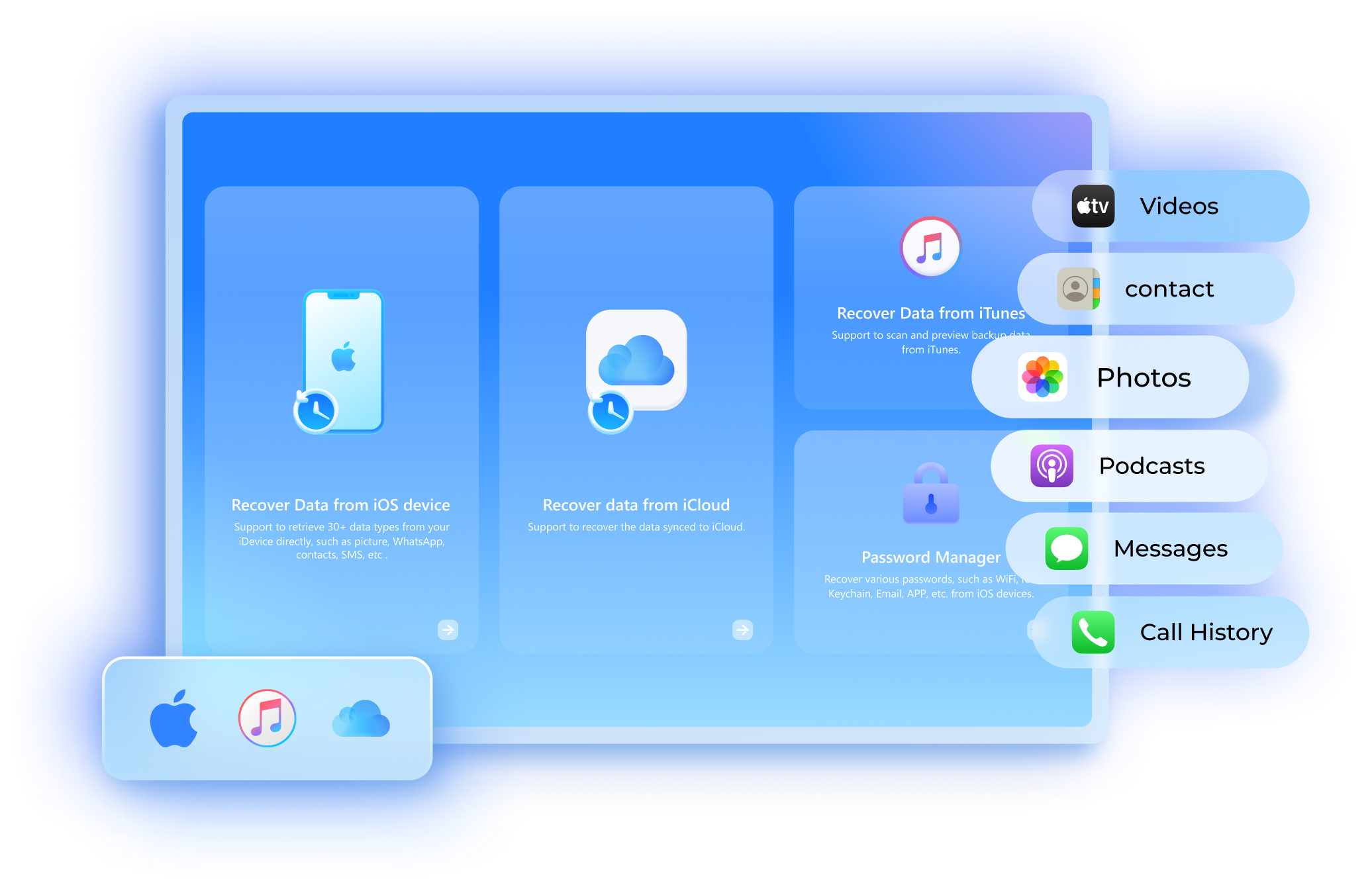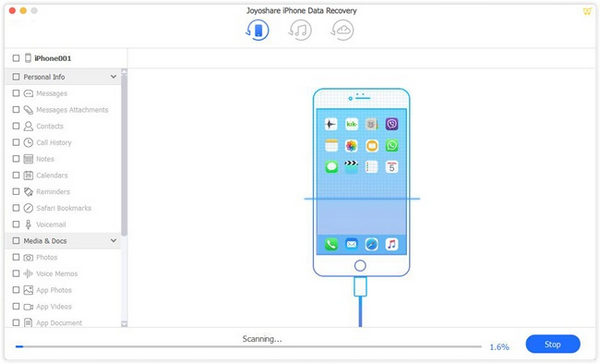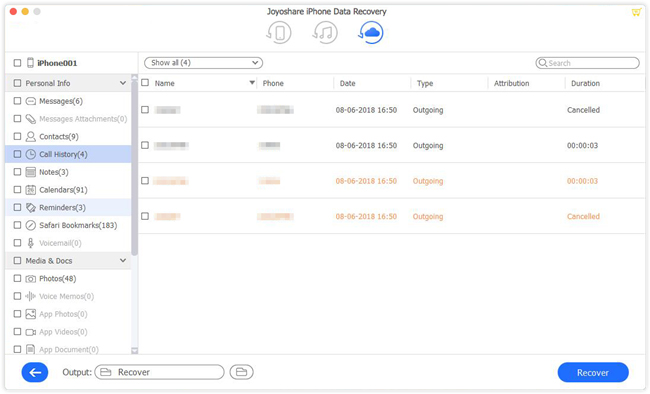

- #DATA RESCUE 4 MAC IPHONE VOICEMAIL RECOVERY FULL#
- #DATA RESCUE 4 MAC IPHONE VOICEMAIL RECOVERY PROFESSIONAL#
During normal operation, read/write heads float 3 to 6 nanometers above the platter surface, and the average dust particles found in a normal environment are typically around 30,000 nanometers in diameter. For example, opening a hard disk drive in a normal environment can allow airborne dust to settle on the platter and become caught between the platter and the read/write head. Most physical damage cannot be repaired by end users.

#DATA RESCUE 4 MAC IPHONE VOICEMAIL RECOVERY FULL#
However, if the hard drive can be repaired and a full image or clone created, then the logical file structure can be rebuilt in most instances. Of course there are exceptions to this, such as cases where severe damage to the hard drive platters may have occurred.
#DATA RESCUE 4 MAC IPHONE VOICEMAIL RECOVERY PROFESSIONAL#
The techniques employed by many professional data recovery companies can typically salvage most, if not all, of the data that had been lost when the failure occurred. Physical damage to a hard drive, even in cases where a head crash has occurred, does not necessarily mean there will be permanent loss of data. CD-ROMs can have their metallic substrate or dye layer scratched off hard disks can suffer from a multitude of mechanical failures, such as head crashes, PCB failure and failed motors tapes can simply break. Sometimes data present in the computer gets encrypted or hidden due to reasons like virus attack which can only be recovered by some computer forensic experts.Ī wide variety of failures can cause physical damage to storage media, which may result from human errors and natural disasters. The term "data recovery" is also used in the context of forensic applications or espionage, where data which have been encrypted or hidden, rather than damaged, are recovered. In the meantime, the original file contents remain, often in a number of disconnected fragments, and may be recoverable if not overwritten by other data files. In the mind of end users, deleted files cannot be discoverable through a standard file manager, but the deleted data still technically exists on the physical drive. Typically, the contents of deleted files are not removed immediately from the physical drive instead, references to them in the directory structure are removed, and thereafter space the deleted data occupy is made available for later data overwriting. In a third scenario, files have been accidentally " deleted" from a storage medium by the users. If a drive recovery is necessary, the drive itself has typically failed permanently, and the focus is rather on a one-time recovery, salvaging whatever data can be read. Depending on the situation, solutions involve repairing the logical file system, partition table or master boot record, or updating the firmware or drive recovery techniques ranging from software-based recovery of corrupted data, hardware- and software-based recovery of damaged service areas (also known as the hard disk drive's "firmware"), to hardware replacement on a physically damaged drive which allows for extraction of data to a new drive. In any of these cases, the data is not easily read from the media devices.

Such cases can often be mitigated by disk partitioning and consistently storing valuable data files (or copies of them) on a different partition from the replaceable OS system files.Īnother scenario involves a drive-level failure, such as a compromised file system or drive partition, or a hard disk drive failure. Many Live CDs or DVDs provide a means to mount the system drive and backup drives or removable media, and to move the files from the system drive to the backup media with a file manager or optical disc authoring software. This can be accomplished using a Live CD or DVD by booting directly from a ROM instead of the corrupted drive in question. (typically, on a single-drive, single- partition, single-OS system), in which case the ultimate goal is simply to copy all important files from the damaged media to another new drive. The most common data recovery scenarios involve an operating system failure, malfunction of a storage device, logical failure of storage devices, accidental damage or deletion, etc.


 0 kommentar(er)
0 kommentar(er)
